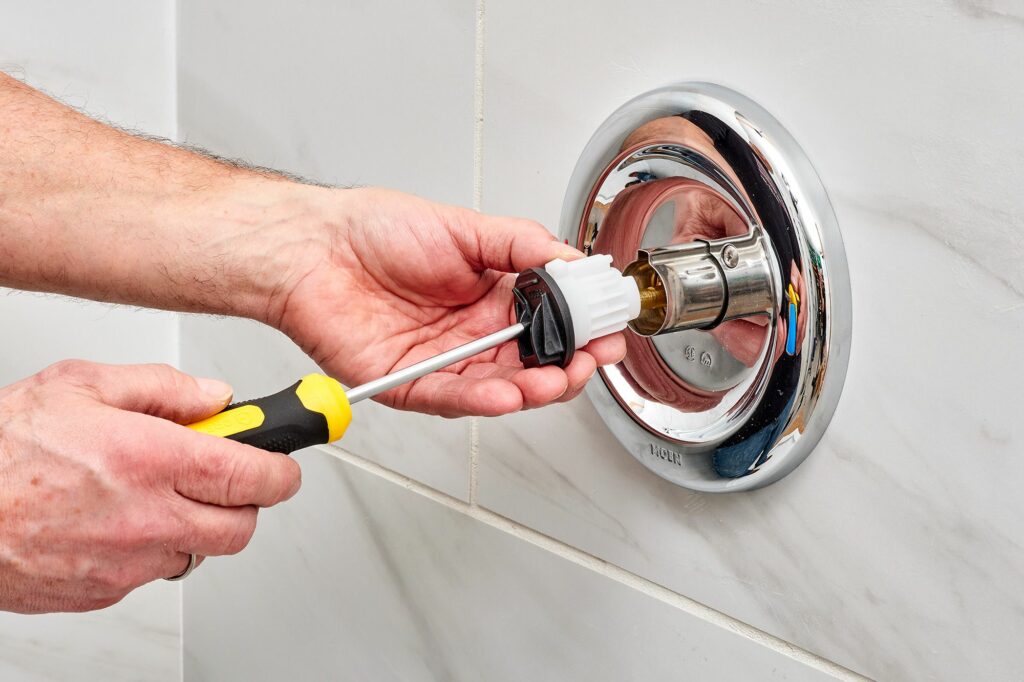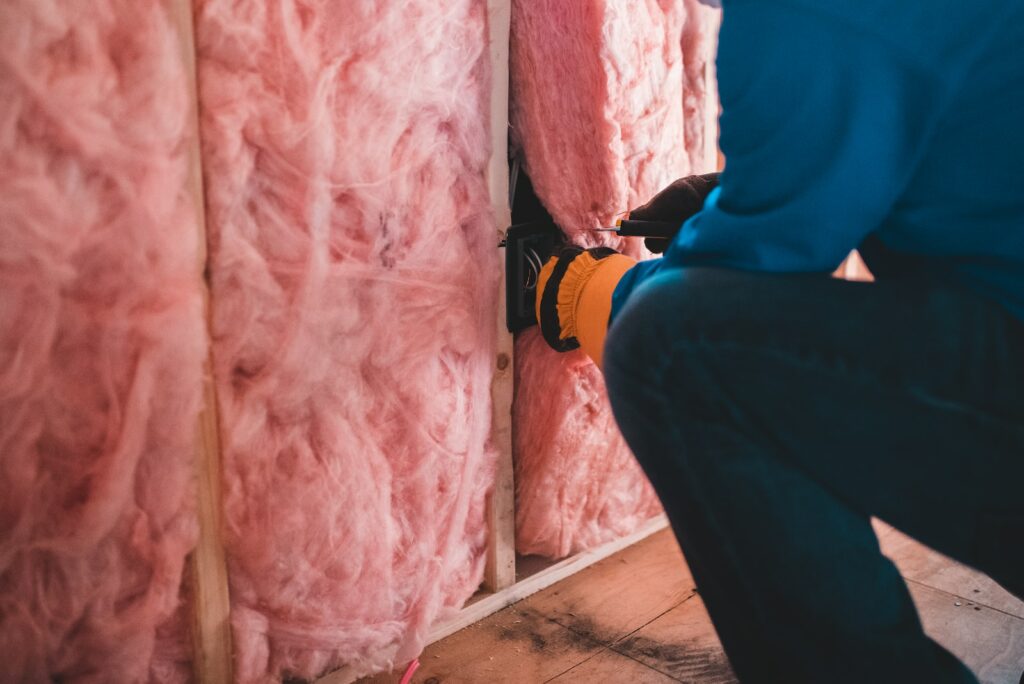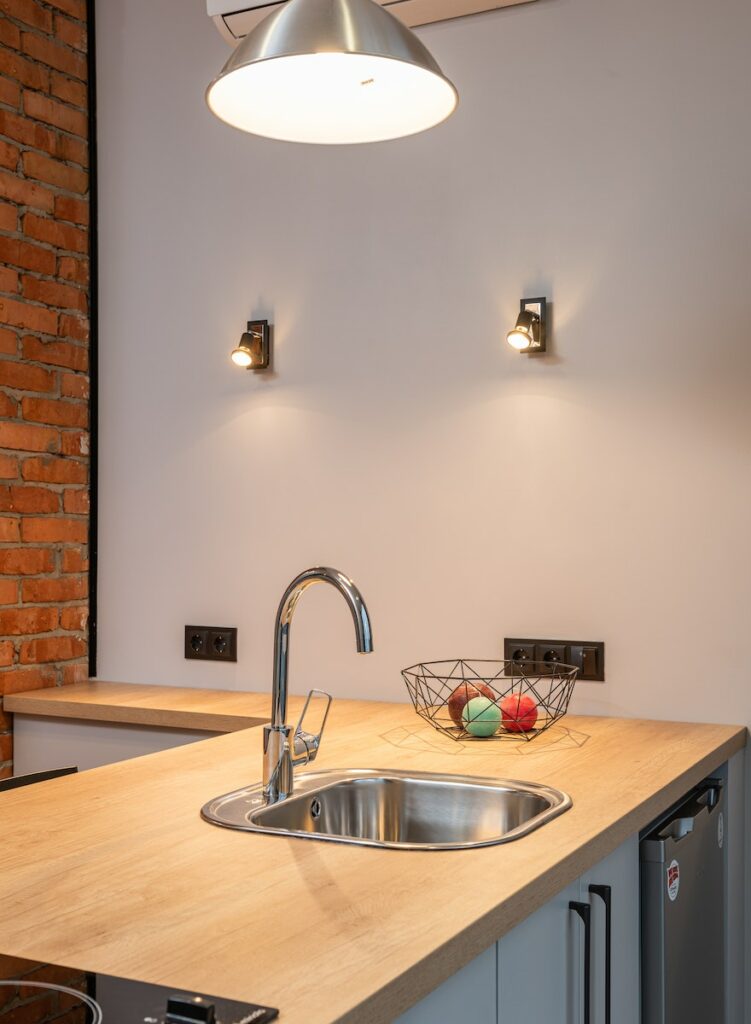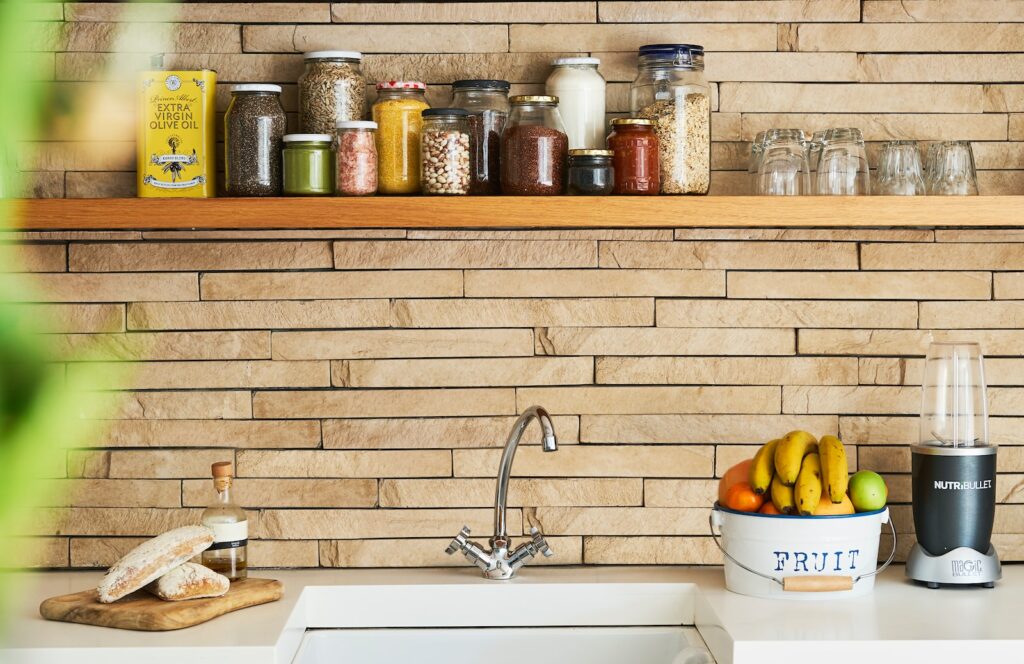It is not difficult to lay tile like a professional, but it does require that you understand the process and have the right tools to do the job correctly. Rather than hiring a professional to lay your tile, you can do it yourself, saving you both time and money while still achieving a great result. This guide will walk you through the entire process of laying tile and provide you with the knowledge to do it right.
Gather Your Tools and Materials
The first step in laying tile like a professional is to gather all the tools and materials you will need. This includes:
• Tile
• Tile adhesive
• Notched trowel
• Grout
• Grout sealer
• Utility knife
• Sponge
• Bucket
• Rubber grout float
• Painter’s tape
• Level
• Chalk line
Before you begin, make sure you have enough of each of these materials to cover the entire area where you plan to tile.
Prepare the Surface
Once you have your tools and materials, it is time to prepare the surface on which you will be laying the tile. This may include cleaning the area, making sure it is level, and creating a base of thinset so the tile will adhere properly.
Clean
The first step is to thoroughly clean the surface on which the tile is to be laid. Make sure it is free of dust, dirt, and debris. This is especially important if you are laying tile over a wood surface, as wood can absorb moisture which could affect the adhesion of the tile.
Level
Check the surface for any uneven areas that need to be levelled. A level is the best tool for this job. If you find any uneven areas, use a self-levelling compound to even them out before you begin laying the tile.
Thinset Base
Once the surface is clean and level, it is time to create the thinset base. This is the adhesive that will bind the tile to the surface. Begin by mixing the thinset according to the manufacturer’s instructions. Use a notched trowel to apply the thinset to the surface in a thin, even layer.
Lay the Tile
Now that the surface is prepared and the thinset base is complete, it is time to lay the tile. Start in one corner and work your way out. Use a level to make sure each tile is level as you go. Use a rubber grout float or a sponge to tap the tiles into place and remove any excess thinset.
Create Grout Lines
Once all the tiles are in place, it is time to create grout lines. To do this, use a chalk line to draw lines between each tile. This will serve as a guide when you are ready to apply the grout.
Apply Grout
Mix the grout according to the manufacturer’s instructions and then use a rubber grout float to apply it to the lines between the tiles. Make sure to fill all the gaps and use a damp sponge to smooth out the grout lines. Allow the grout to dry for at least 24 hours before applying the grout sealer.
Seal the Grout
Once the grout has had time to dry, it is time to seal it. You can use a sealer specifically designed for the type of grout you are using or apply a clear sealant over the entire tile surface. This will help protect the grout from staining and moisture, extending the life of your tile job.
Benefits and Important Precautions
Laying tile like a professional can save you time and money while also adding aesthetic value to your home. However, it is important that you take the necessary precautions and use the right tools so that the job is done correctly and the results last.
In terms of time and expense, laying tile is not a quick job. It can take anywhere from a few hours to several days depending on the size of the area being tiled. The cost of materials will vary, depending on the type of tile and amount of tile you need for the job.
It is also important to use caution when working with the tools and materials used to lay tile. Make sure to wear protective gear such as goggles and gloves and to follow all the manufacturer’s instructions when using the thinset, grout, and sealer.
Conclusion
Laying tile like a professional is a job you can do yourself at home, saving you time and money in the process. With the right tools and materials, you can create a beautiful and lasting tile job that adds style and function to your home. Just remember to take all necessary safety precautions and follow the manufacturer’s instructions to ensure the job is done correctly.





















